The development of Israeli wine may be summarized in a number of brief headlines:
• In 1839 Sir Moses Montefiore, was the first to recommend a return to agriculture, including the planting of vines.
• In 1848, the Shor family opened Israel’s oldest existing winery in the Old City of Jerusalem.
• From 1882 onwards, Baron Edmond de Rothschild founded Carmel and a modern Israel wine industry.
• In 1983 the Golan Heights Winery was the pioneer that brought New World technology to Israel, which started the quality wine revolution.
• In 1989, Margalit Winery was the first in the boutique, small winery revolution.
• In 2017 the Judean Hills Quartet (a consortium including Domaine du Castel, Flam Winery, Sphera & Tzora Vineyards) was founded, which heralded the beginning of the identity revolution, and a new emphasis on vineyard, plot and place. For me, they also represent the coming of age of Israeli white wines.
MY OWN career has been blessed to be involved with each of these milestone wineries in different ways. I worked for both the Golan Heights Winery and Carmel Winery combined, for nearly 27 years. I founded Handcrafted Wines of Israel, which brought me in contact with Margalit Winery. In 2016 I left the world of wineries, but stayed firmly with wine. Becoming self-employed and independent, I became a partner in the Israel Wine Experience and became a wine consultant. I have been able to count the Shor family and the Judean Hills Quartet, at different times, amongst my many clients. Finally, apart from my family connection to Moses Montefiore, I also consulted for Kerem Montefiore, and Montefiore Windmill wines produced by Jerusalem Vineyard Winery. This, in a nutshell, neatly covers the history of Israeli wines.
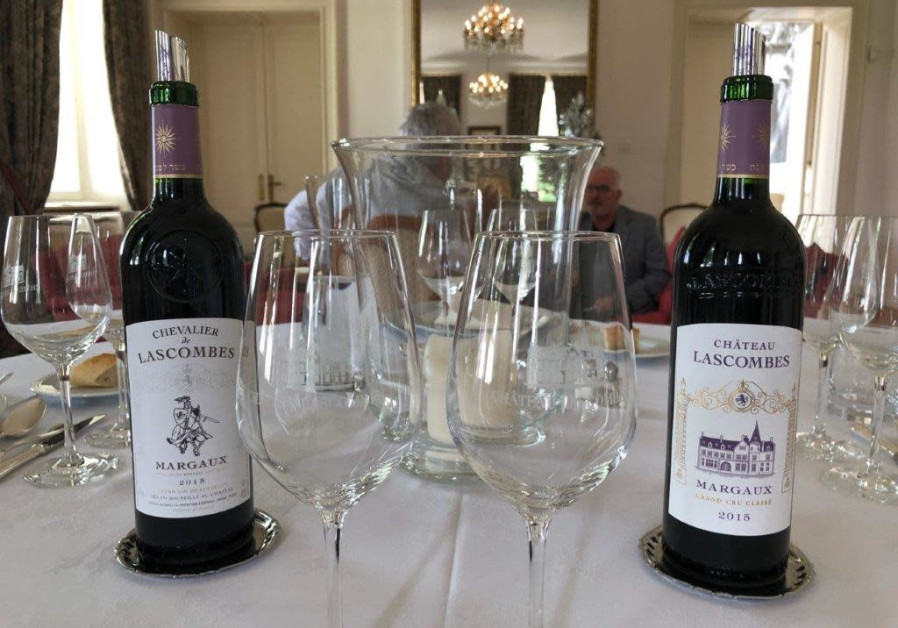
When I became wine manager of their Hotel Division and compiled their wine lists, Lascombes was always present. Important customers were taken on incentive trips to tour and dine there, and the lucky ones were able to stay overnight. At prestigious dinners held in cellars under Regent Street in London, invariably Château Lascombes was one of the high-profile wines being poured. Therefore, ultimately Château Lascombes is the wine that most symbolized my time at Bass Charrington. Incidentally, Chateau Lâscombes is making far better wines now than it did then. Most memorable vintage? For personal reasons, the 1957 (my birth date, which was kindly opened for me on my last visit), 1979, 2010 (maybe their finest) and 2015 (the year they also made two kosher expressions for the first time.)
I INITIALLY worked with wines from all over the world and only later specialized in Israel. Most people here do it the opposite way. I first started working with Israeli wine, (specifically Yarden, Gamla & Golan), back in 1986 in the UK and when I moved to Israel in 1989, I focused solely on Israeli wines. During the 1990s I worked for the Golan Heights Winery. Yarden Katzrin, the first icon wine and Yarden Blanc de Blancs, a traditional method sparkling wine, were examples of wines launched when I was there.
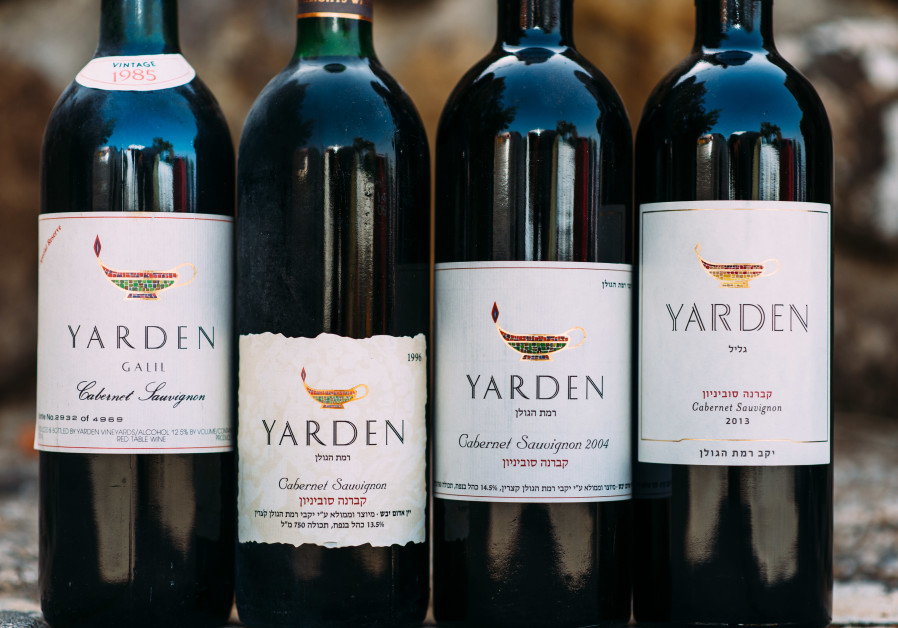
I worked for Carmel Winery in two periods. The first was not memorable for its wine quality, but the legendary Carmel Special Reserves of 1976 and 1979 were still tasting incredibly well and were talked about as the first international style wines in Israel. On my first day back at Carmel the second time around, we visited Ramat Arad Winery at Tel Arad. On that very day it was decided to change the name to Yatir Winery, (Yatir being owned by Carmel.) We later chose the beautiful, Japanese-style logo and the first wines from the 2001 vintage were eventually launched in 2004. Yatir Forest was their flagship wine. When the 2003 received what was then the highest score for an Israeli, kosher or Eastern Mediterranean wine from influential wine critic Robert Parker, I heard about the groundbreaking score on a Friday night and then had to wait until after Shabbat to tell the religious CEO the great news. No doubt, the Yatir Forest is one of the wines I will most remember from my time at Carmel. The 2003 was far from
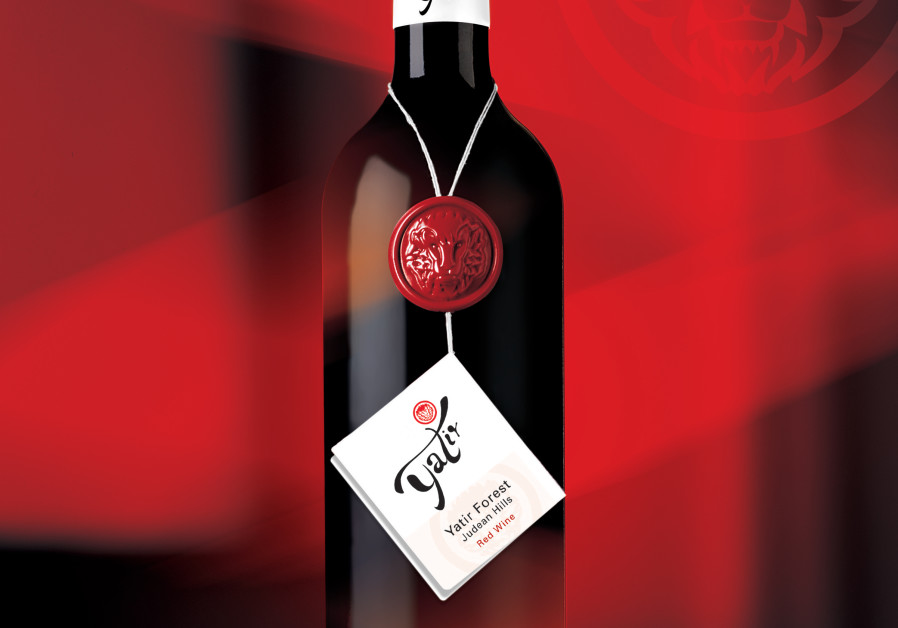
My most memorable moment at Carmel was in 2010, when we received the International Trophy at the Decanter World Wine Awards in London. It was like the Oscars. We had no idea we would win and I was privileged and excited to collect the trophy. The wine was Carmel Kayoumi Shiraz 2006 and to date it remains arguably the best award ever for an Israeli wine.
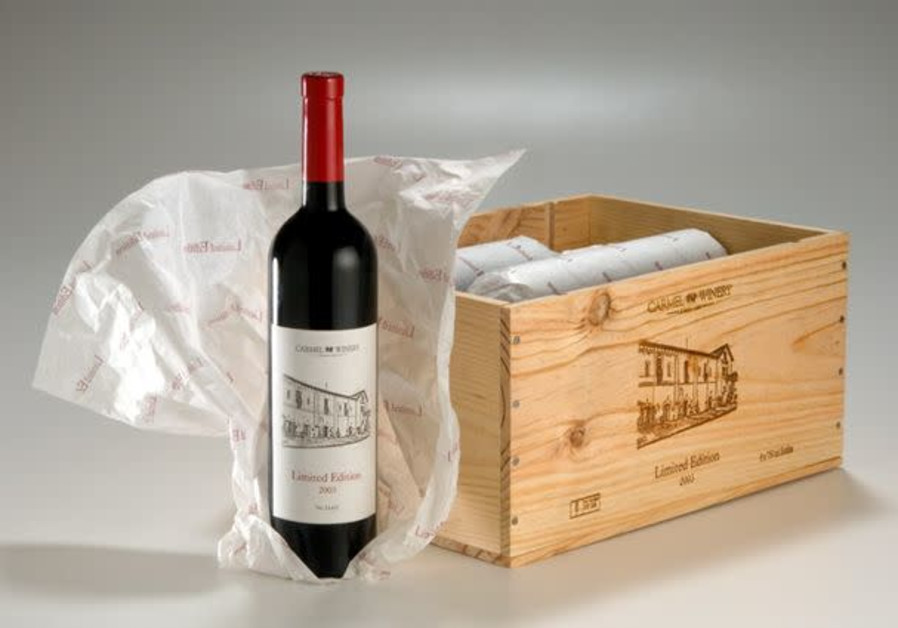
I was involved with two incarnations of Handcrafted Wines of Israel (HWI). I founded the original one to market wines in export. It was the first time ever that Israeli wineries worked together. The later version, founded over a decade later, markets wines in Israel. The only winery that was in both consortiums was Margalit Winery, which was founded the very year I came to Israel. I remember going to their open day when they were still based near the Bilu Junction in Rehovot. I have followed their progress since then. The Margalit Enigma, a Bordeaux style blend, was first launched when the initial HWI was founded. However, if I had to pick one vintage, it would be the 2014, which coincided with the second coming of HWI. If one wine was to embody Handcrafted Wines for me, this would be it.
MY NEW life as a wine consultant provides memories of individual projects. Those that connected with Israeli wine in the 19th century and my own family story, were the most personal.
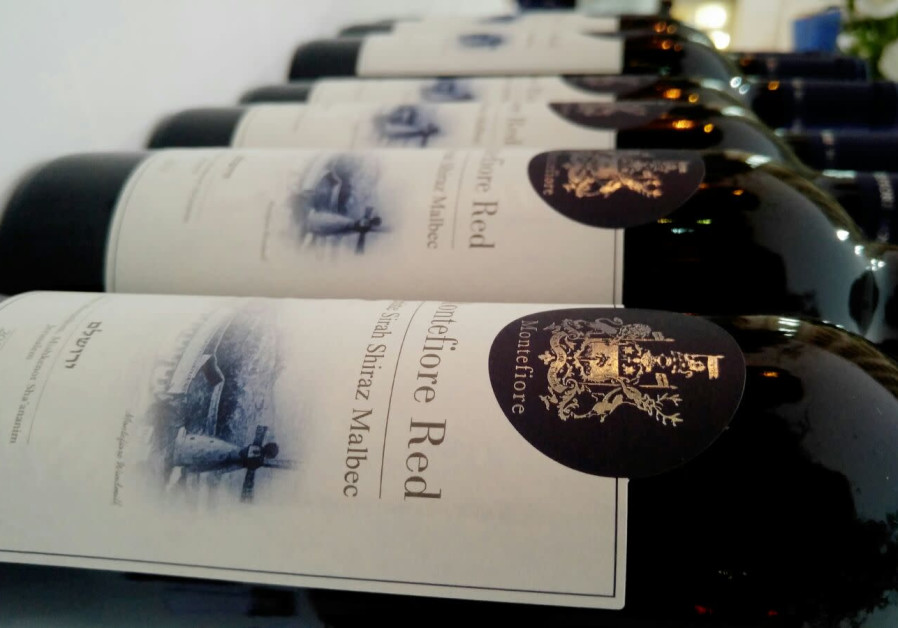
When I wrote in The Jerusalem Post about the five wines that most represented the Israeli wine revolution, I chose:
• Carmel Special Reserve 1976,
• Yarden Cabernet Sauvignon 1985,
• Margalit Cabernet Sauvignon 1993,
• Castel Grand Vin 2006 and
• Tzora Shoresh Blanc 2013.
These for me are the wines of the last five decades, each representing a leap forward in the quality revolution.
I have mentioned many wines in this article. All are candidates. However I am permitted only five. After much consideration, the wines I have chosen to represent my personal path are:
• Château Lascombes,
• Yarden Cabernet Sauvignon,
• Yatir Forest,
• Carmel Limited Edition and
• Montefiore Red.
Five wines representing a career. These are not the finest wines I have tasted, nor do they necessarily remind me of seminal moments. However, each does represent a distinct period of time and a specific place, and they trawl up a raft of wonderful memories in a long, fulfilled life in the wine trade.
